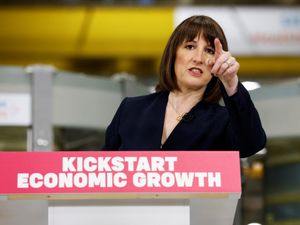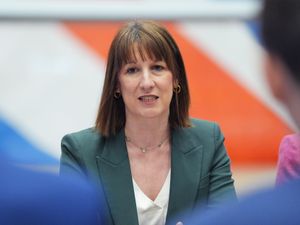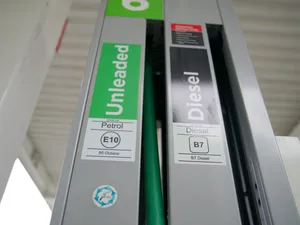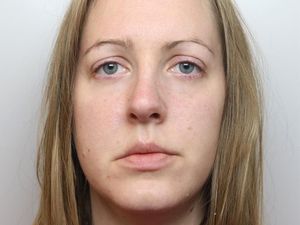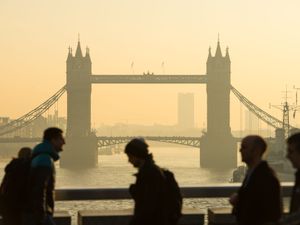Local elections 2022: key results
The Conservatives lost seats in all parts of Britain while Labour and the Lib Dems both made significant gains.
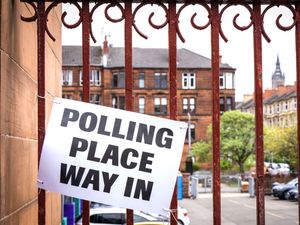
Counting has finished in nearly all of the 200 local authorities in Britain that held elections on Thursday.
Here are some of the key results:
– Westminster (Labour gain)
Westminster in central London had been run by the Conservatives continuously since the council was created in 1964. Now it is in Labour hands, with the party winning 31 seats to the Tories’ 23: an outcome not predicted by many, but one that symbolises the slump in Conservative support in much of the capital.
– Wandsworth (Lab gain)
Unlike Westminster, Wandsworth was a long-standing Labour target in London and this year the party finally won power from the Tories, who had been in control of the council since 1978 and had prided themselves on charging residents one of the lowest average levels of council tax in the country.

– Sunderland (Lab hold)
A poor performance by Labour might have seen the party lose overall control at Sunderland, a council it has run since 1973. But in a key test of its popularity in north-east England, Labour kept its majority and lost just one seat, to the Liberal Democrats, who also gained a second seat from the Conservatives.
– Huntingdonshire (Con lose to no overall control)
Huntingdonshire is an example of why the Conservatives performed poorly in many of this year’s elections, with the party shedding seats in all directions. The Liberal Democrats gained three, Labour one, the Greens one and independents three. It means the Tories lost overall control of the council, in a part of the country that used to be represented in the House of Commons by former Conservative prime minister John Major.
– Cumberland (Lab gain)
Labour won a comfortable majority in the newly created authority of Cumberland, which covers the former districts of Allerdale, Carlisle and Copeland in Cumbria – all areas currently represented by Conservative MPs.
– Nuneaton & Bedworth (Conservative hold)
Labour saw its majority at Nuneaton & Bedworth disappear in 2018 and the party lost more councillors in 2021, with the Conservatives taking overall control. This year Labour lost another seat to the Tories, in an area of the Midlands that will be a key battleground at the next general election.

– Hull (Liberal Democrat gain)
The Liberal Democrats clinched a wafer-thin majority in Hull, dislodging Labour who had run the council since 2011. The new line-up is 29 Lib Dems, 27 Labour and one independent – but no Conservatives.
– Derby
Labour hoped to close the gap on the Conservatives in Derby, where the council has been in no overall control since 2018. But while the party made three gains, it is still behind the Tories who now have 18 seats, with Labour on 16, the Lib Dems eight, Reform six and independents three.
– Southampton (Lab gain)
This was another top Labour target. The party successfully won control back from the Conservatives, though it now has a slim majority on the new council of just four seats.
– Bolton
Labour had hoped for signs of progress in Bolton, a council where they enjoyed a majority until 2019. But while the party gained two seats this time, the Conservatives also made a gain and remain the largest party with 23 councillors, ahead of Labour’s 19, 13 independents and five Liberal Democrats.

– West Dunbartonshire (Lab gain)
The voting system used for local elections in Scotland means it is rare for one party to win an overall majority, but Labour managed it in West Dunbartonshire after making four gains, including two from the Conservatives.
– Dundee (SNP gain)
Dundee saw the SNP do just enough to secure overall control of the council, adding two seats to their tally to give them a majority of one over all other parties.
– Worcester (Con lose to NOC)
Worcester has see-sawed since 2000 between having a Conservative majority and being in no overall control. The opposition parties were hoping to make gains this year and they did just enough to leave the Tories without a majority, with one gain for Labour and two for the Greens.
– Barnet (Lab gain)
It was third time lucky for Labour in Barnet, which had been the party’s top London target in the last three local elections. The party failed narrowly to win control in 2014, while 2018 saw the council swing further towards the Conservatives. This time Labour won a hefty majority of 19.
– Harrow (Con gain)
Losing control of the London borough of Harrow was definitely not part of Labour’s plan, but it happened and means the Conservatives – who are now in control of the council – can say not everything went badly for them in the capital.

– Tunbridge Wells (Con lose to NOC)
The Liberal Democrats are now the largest party in Tunbridge Wells, in another example of the Conservatives losing seats in various directions. There were four gains by the Lib Dems, three by independents and two by Labour.
– Worthing (Lab gain)
Labour had no councillors five years ago in Worthing in West Sussex. Now it has a majority. The party won control on Thursday by making five gains from the Conservatives plus one from the Liberal Democrats.
– Somerset (Lib Dem gain)
Control of the brand new unitary authority in Somerset was expected to be a close battle between the Conservatives and the Liberal Democrats. In the event, the Lib Dems won a comfortable victory, picking up 61 seats versus 36 for the Tories, plus five Labour, five Greens and three independents.
– Woking (Lib Dem gain)
Further success for the Lib Dems in southern England came in Woking in Surrey, where the party gained four seats to put it control of the council for the first time since a brief spell in the mid-1990s.
– Monmouthshire (Con lose to NOC)
The Conservatives saw Monmouthshire slip from their grasp: the only council in Wales over which they had control. They ended up in second place behind Labour, who gained a total of 14 seats – though not enough for a clear majority.
– Isle of Anglesey (PC gain)
Plaid Cymru now has a majority on four councils in Wales, gaining the Isle of Anglesey, Carmarthenshire and Ceredigion as well as retaining control of Gwynedd. It made its biggest advance in Anglesey, picking up an extra seven council seats.
– Glasgow
In the race to claim the prize of the largest party on Glasgow council, the SNP pipped Labour by just one seat, ending up with 37 councillors to Labour’s 36, with the Greens on two and the Conservatives on one.

